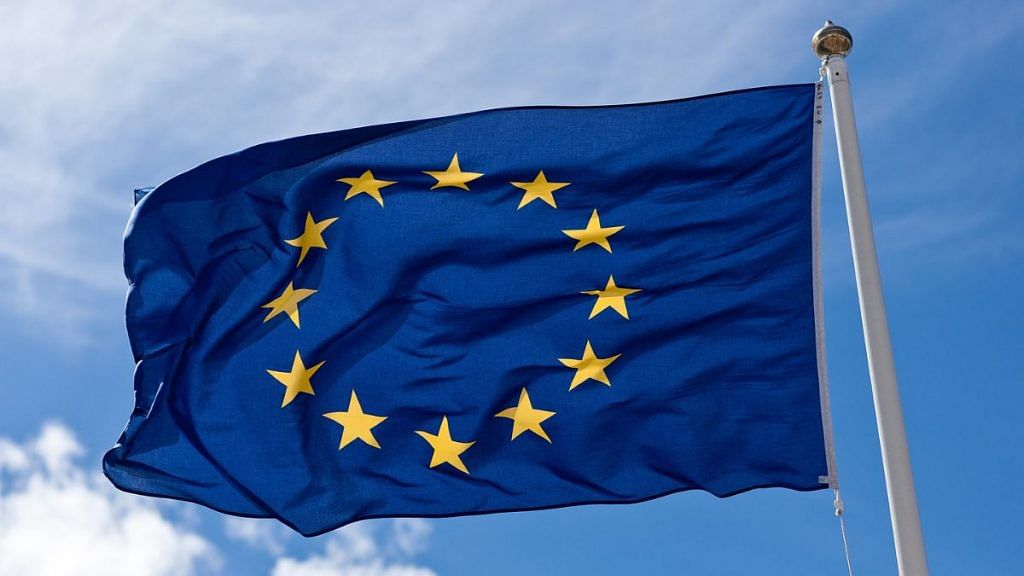Winter is coming in the northern hemisphere, and Europe is still in a precarious energy position. Its historical reliance on gas — and particularly on Russia as the main importer of gas — has created a serious supply problem in the wake of Russia’s invasion of Ukraine. And it extends way beyond this winter.
Last year, around a third of Europe’s energy came from gas, according to Al Jazeera’s analysis of data from BP’s Statistical Review of World Energy. And Russia provided roughly 40% of all imported gas to the EU prior to the invasion, says the European Commission.
Since Russia has cut its gas exports to the EU by around 80% since the invasion, many European countries are having to rapidly rethink their energy mix.
This chart shows which European countries were the most dependent on gas in 2021. Belarus is at the top, with 62% of its energy needs provided by gas, followed by Russia, with 54% and Italy with 42%. Cyprus and Iceland were the only two countries in Europe that consumed no gas in 2021.
Accelerate the shift to renewable energy
The International Energy Agency (IEA) says that EU gas storage sites are now 95% full as of early November 2022 – 5% above the five-year average, and a positive signal for energy security this winter.
Although it has not been easy, two key factors have helped the EU get the energy it needs. Russian gas exports to the EU were largely steady in the first half of 2022, and China’s reduction of liquefied natural gas (LNG) imports allowed Europe to soak up the ‘spare’ LNG to compensate for the sharp drop in gas deliveries from Russia later in the year.
But these positive factors for the EU are unlikely to be repeated in 2023, according to the IEA.
If China has a resurgence in its LNG demand, and Russia reduces gas to the EU even further, the bloc could face a gap of as much as 30 billion cubic metres (bcm) of natural gas — about half of the amount required to fill storage sites to 95% capacity during the key summer period in 2023.
It is essential for the EU’s energy security that members speed up energy efficiency, accelerate the deployment of renewables and heat pumps and reduce gas demand, advises the IEA, or face an even more difficult winter next year.
“There is a danger of complacency creeping into the conversation around Europe’s gas supplies … we are by no means out of the woods yet,” said IEA Executive Director, Fatih Birol.
Ewan Thomson, Senior Writer, Formative Content
The article originally appeared in the World Economic Forum.
Also read: Oceans have 50 times more carbon than the atmosphere. A ‘code of conduct’ can rescue it
